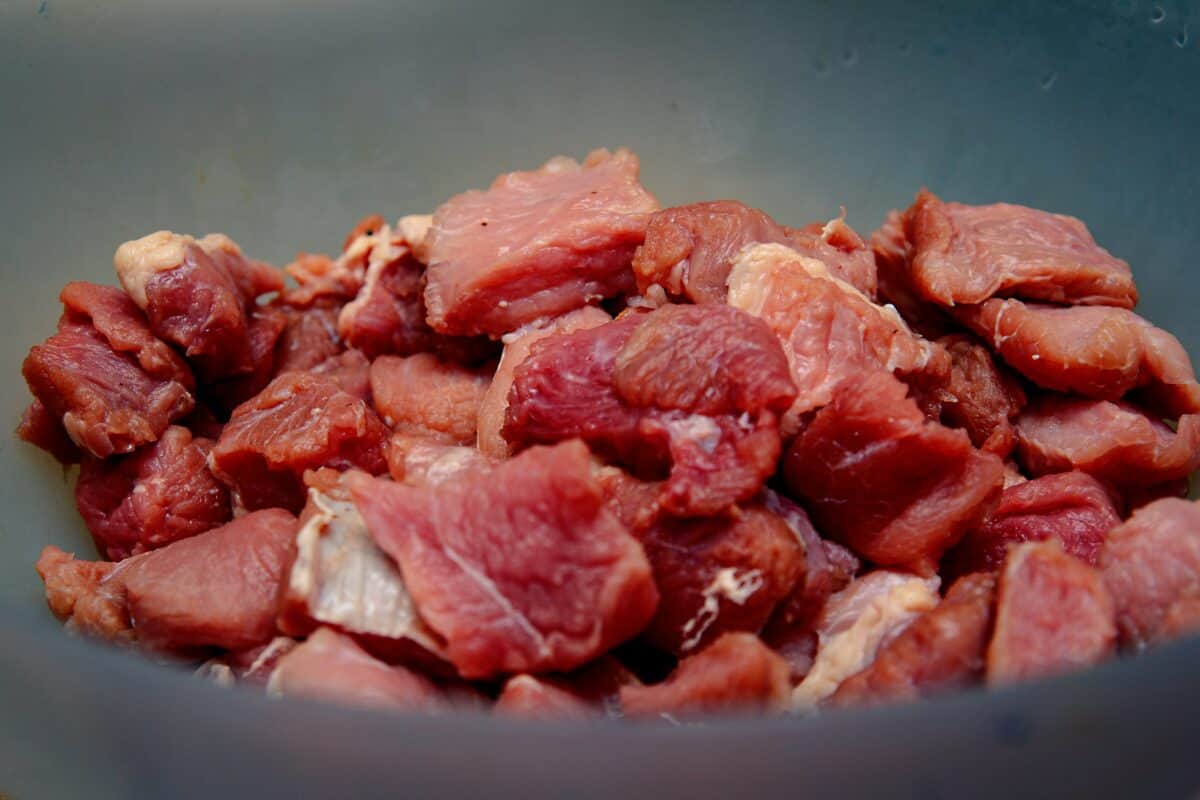In the modern dialogue about food ethics, few topics generate as much nuanced debate as the comparative ethics of consuming wild game versus farm-raised meat. As consumers become increasingly conscious about the origins of their food, questions about animal welfare, environmental impact, and human health intersect with cultural traditions and practical realities. This complex conversation isn’t simply about choosing between a venison steak and a beef filet—it encompasses broader considerations about our relationship with animals, ecosystems, and sustainable food systems. This article explores the multifaceted ethical dimensions of both wild game and farm-raised meat, offering perspectives that may help readers form their own informed opinions about the meat on their plates.
The Ethics of Harvesting Wild Game
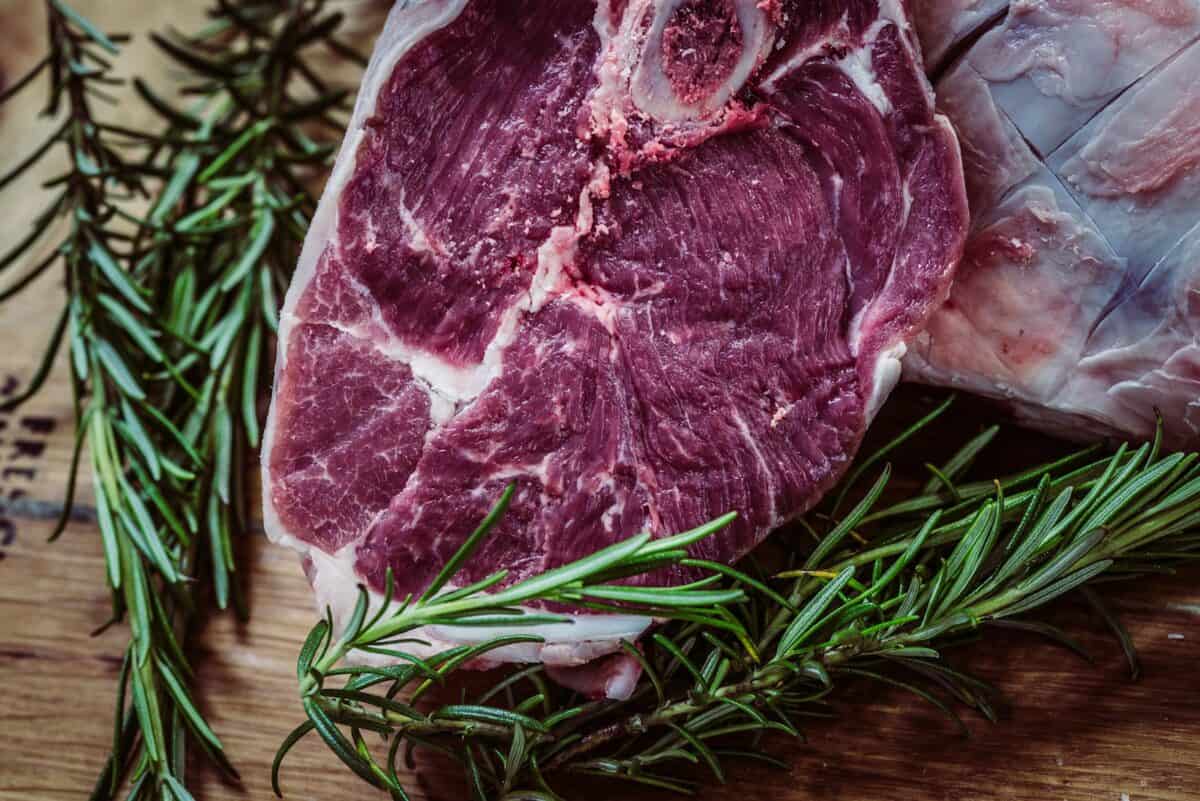
Hunting wild animals for meat represents one of humanity’s oldest food procurement methods. Modern ethical hunters emphasize principles of fair chase, which requires that animals have reasonable opportunity to escape and that hunters possess sufficient skill to ensure quick, humane kills. This approach respects the autonomy and wildness of the animal while acknowledging the predator-prey relationship that has existed throughout evolutionary history.
From an ethical perspective, wild game harvesting can be viewed as participating in natural ecological processes rather than artificially constructing them. Animals live according to their natural behaviors and instincts until the moment of harvest, avoiding the potential welfare concerns associated with captivity. However, this ethical framework depends heavily on the hunter’s commitment to responsible practices, including proper training, appropriate equipment, and adherence to conservation-minded hunting regulations.
Animal Welfare in Conventional Farming

The welfare conditions in conventional livestock farming vary dramatically depending on the production system. Large-scale concentrated animal feeding operations (CAFOs) have drawn significant criticism for practices that restrict natural behaviors, such as confining animals to small spaces, using growth-promoting additives, and employing intensive breeding programs that prioritize production traits over animal health and comfort. These systems often treat animals primarily as production units rather than sentient beings.
Critics of conventional farming point to issues like overcrowding, inability to express natural behaviors, stress from inappropriate social groupings, and physical alterations like tail docking or beak trimming performed without pain management. While regulations exist to prevent outright cruelty, the baseline legal requirements for animal welfare in many countries fall well below what ethicists and animal behaviorists consider necessary for meaningful quality of life. The sheer scale of industrial agriculture also means that individual animal monitoring becomes challenging, potentially allowing suffering to go unnoticed.
Environmental Impact of Hunting

When practiced responsibly within regulatory frameworks, hunting can serve as a wildlife management tool that supports ecosystem health. Many wildlife agencies use hunting to control populations of species like white-tailed deer, which without natural predators can reach numbers that damage forest ecosystems through overbrowsing. Hunting fees and taxes on equipment also generate significant conservation funding, creating what’s often called the North American Model of Wildlife Conservation, where hunters financially support habitat preservation that benefits game and non-game species alike.
The environmental footprint of wild game consumption is generally lower than that of farm-raised meat. Wild animals require no supplemental feed crops, antibiotics, growth hormones, or artificial housing structures. They consume naturally occurring vegetation and participate in ecosystem processes. However, ethical concerns arise when hunting pressure is unevenly distributed or when trophy hunting prioritizes taking animals with specific characteristics that might have evolutionary importance to the population. Additionally, lead ammunition can pose environmental hazards when ingested by scavengers or when it enters waterways.
Sustainable Farming Alternatives

Not all farmed meat comes from intensive industrial systems. A growing movement toward regenerative agriculture and pasture-based livestock farming offers a middle path that addresses many ethical concerns about conventional meat production. These systems typically allow animals to express natural behaviors, maintain appropriate social structures, and live in environments that meet their species-specific needs. Rotational grazing practices can actually improve soil health, increase carbon sequestration, and support biodiversity when properly managed.
Certification programs like Animal Welfare Approved, Certified Humane, and Global Animal Partnership provide frameworks for farmers committed to higher welfare standards. These programs verify practices through third-party auditing and allow consumers to make more informed choices. While these alternatives typically cost more than conventionally produced meat, they represent an attempt to internalize the true costs of ethical meat production rather than externalizing them onto animals, ecosystems, and future generations.
Cultural and Traditional Perspectives

Ethical conversations about meat must acknowledge the deep cultural significance of both hunting and animal husbandry across diverse human societies. For many indigenous communities, hunting represents not only a food source but a spiritual practice and cultural continuity that connects present generations to ancestors. Similarly, pastoral farming traditions around the world have developed complex ethical frameworks governing human-animal relationships that may not align perfectly with contemporary Western ethical concepts but deserve respectful consideration.
Cultural perspectives also influence how different societies conceptualize animal welfare and rights. Some traditions emphasize stewardship and responsible use of animals rather than complete non-interference, viewing ethical treatment as compatible with ultimate consumption. These nuanced cultural views remind us that ethical frameworks around food are not universal or static but are shaped by history, geography, religious beliefs, and community values that continue to evolve alongside changing scientific understanding and social norms.
The Question of Death and Suffering

Central to the ethical comparison between wild game and farm-raised meat is how animals experience the end of their lives. Wild animals harvested by skilled hunters typically experience brief or no conscious suffering, with death occurring rapidly from properly placed shots. They avoid the stress of transportation and unfamiliar slaughterhouse environments that farm animals often endure. However, an unsuccessful shot can lead to prolonged suffering if the animal escapes wounded, an outcome ethical hunters work diligently to prevent.
Farm animals face a more predictable but potentially more stressful death process. Even in the best-regulated slaughterhouses, animals experience the disorientation of transport, exposure to unfamiliar surroundings, and proximity to the stress pheromones of other animals. While modern stunning methods aim to render animals unconscious before slaughter, the high-speed nature of industrial processing creates possibilities for improper stunning and conscious suffering during killing. Smaller-scale abattoirs may provide less stressful conditions but remain less common than large processing facilities.
Health and Nutritional Considerations
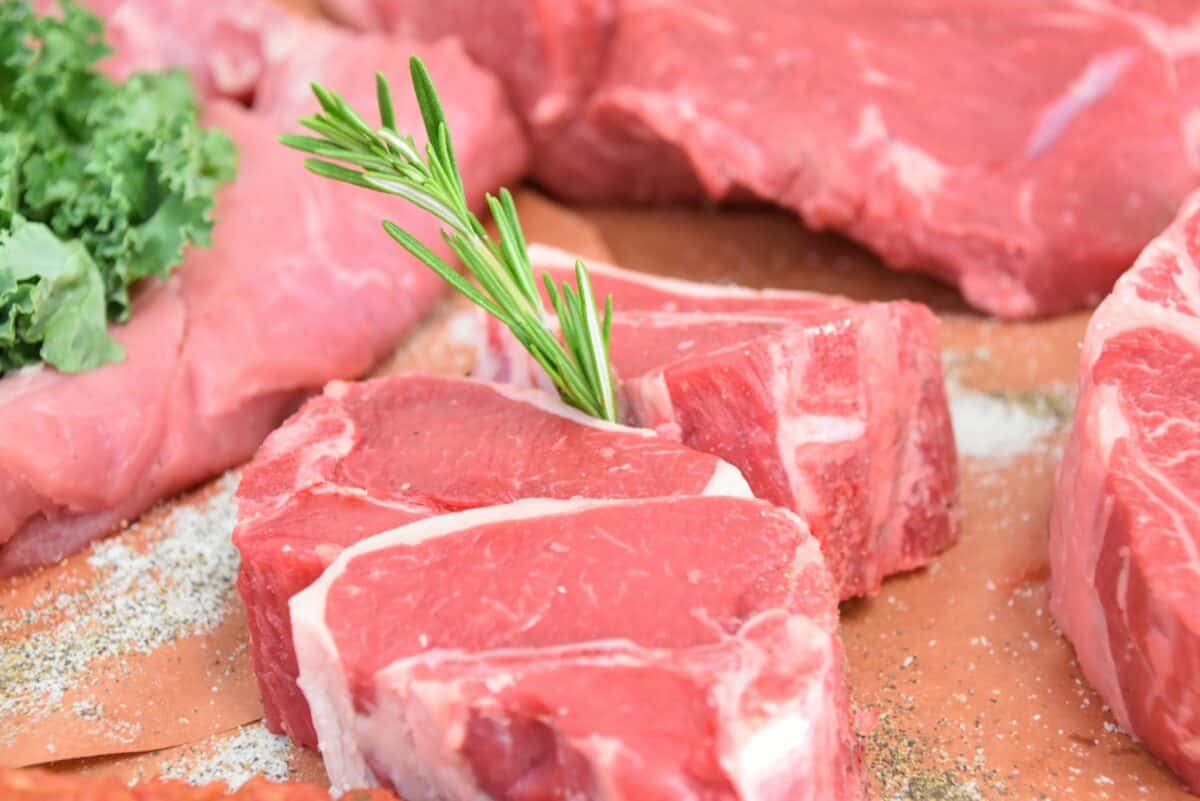
Wild game meat offers several nutritional advantages compared to conventional farm-raised options. It typically contains higher levels of omega-3 fatty acids, less total fat, fewer calories, and higher proportions of certain minerals. The natural diet and physical activity of wild animals produces meat with a nutritional profile more aligned with what humans evolved consuming. Additionally, wild game contains no artificial growth hormones, antibiotics, or feed additives that have raised concerns among health researchers.
Conventional farm animals, particularly those raised in intensive systems, often receive regular antibiotics—sometimes preventatively rather than therapeutically—contributing to growing concerns about antibiotic resistance. Their diets frequently include growth-promoting additives and high proportions of grain that alter the nutritional composition of their meat compared to their grass-fed counterparts. While regulatory bodies monitor residue levels to ensure they remain below established safety thresholds, some consumers prefer avoiding these substances entirely by choosing wild game or certified organic meats.
Accessibility and Privilege
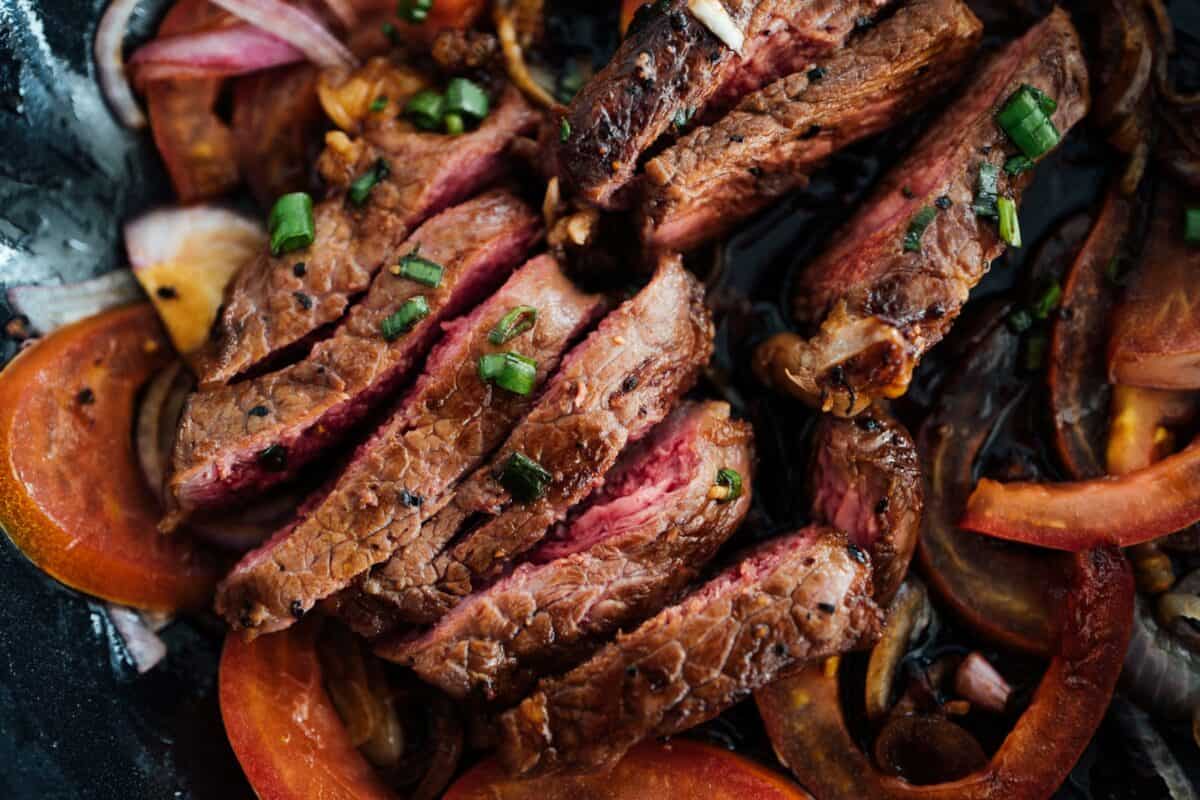
Ethical discussions about food choices must acknowledge issues of accessibility and privilege. Hunting requires access to natural areas, specialized knowledge, equipment, licensing, and often transportation—resources not equally available across socioeconomic groups. Similarly, higher-welfare farmed meat typically commands premium prices that may be prohibitive for many households. This reality means that the most ethically produced meats remain inaccessible to significant portions of the population.
Food ethics cannot ignore questions of food security and justice. For communities with limited food access or financial resources, the immediate ethical priority may be securing adequate nutrition rather than optimizing animal welfare or environmental impact. This doesn’t invalidate broader ethical concerns about meat production, but it does highlight the importance of systemic approaches that make ethically produced foods more accessible rather than simply criticizing individual choices made under constraint.
Conservation and Wildlife Management

Regulated hunting plays a significant role in modern wildlife conservation strategies. By controlling population numbers of certain species, hunting can prevent habitat degradation from overpopulation and reduce human-wildlife conflicts. The North American wildlife conservation model, largely funded by hunters through licenses and equipment taxes, has helped recover numerous species from near-extinction and preserve millions of acres of habitat that benefit both game and non-game species.
However, the conservation efficacy of hunting depends entirely on science-based management and strict enforcement of regulations. When hunting becomes commercially driven or insufficiently regulated, it can threaten population viability, as seen historically with market hunting that decimated bison, passenger pigeons, and other species. Modern wildlife management attempts to balance multiple objectives, including maintaining healthy wildlife populations, preserving ecosystem function, providing recreational opportunities, and respecting diverse stakeholder values regarding wildlife.
Scale and Sustainability
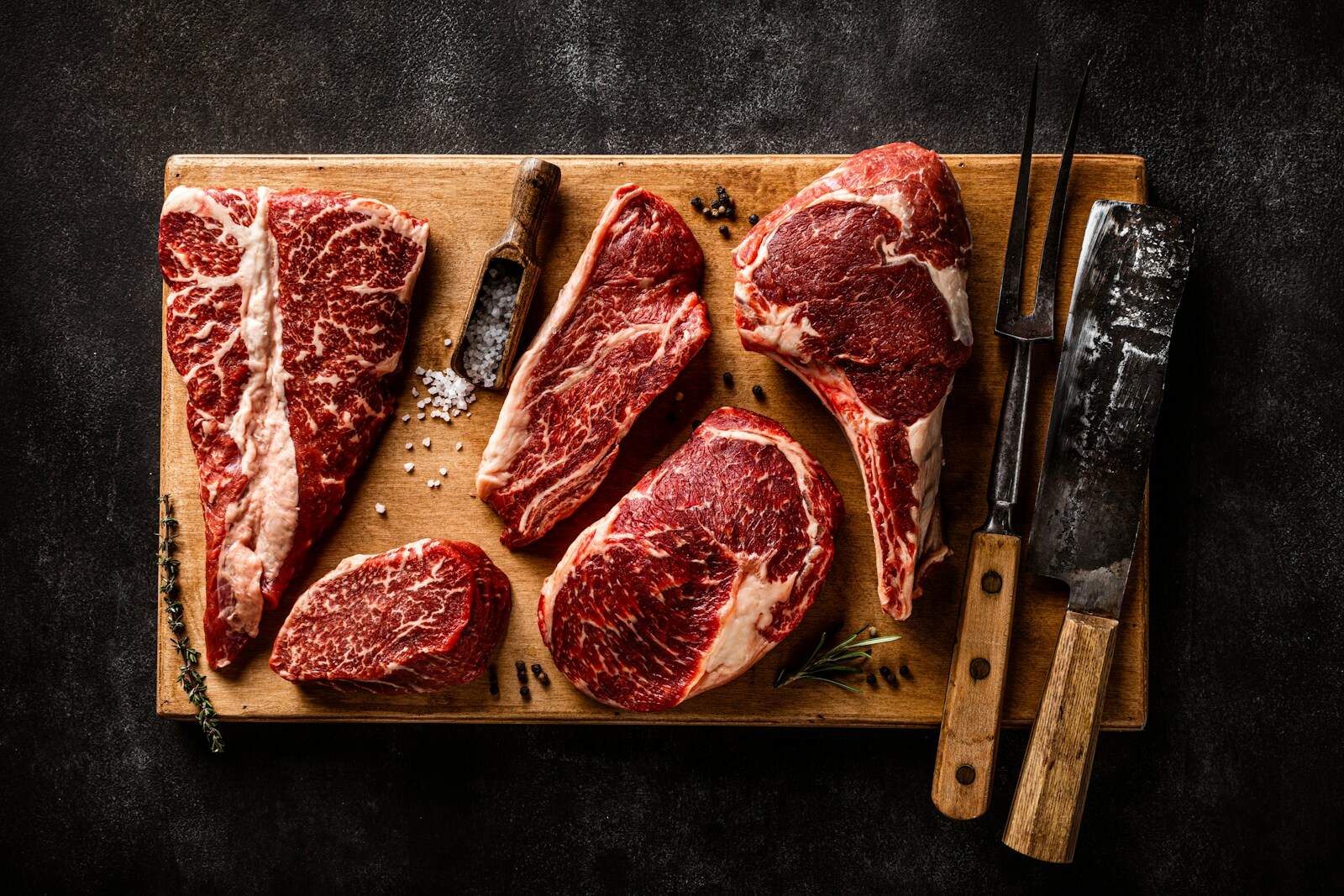
A critical consideration in comparing wild game and farm-raised meat is the question of scale and sustainability. Wild ecosystems simply cannot produce enough animal protein to meet current global demand. Even at current hunting levels, some game species face localized overharvesting pressure. Attempting to shift significant portions of meat consumption to wild sources would quickly deplete wildlife populations beyond recovery thresholds.
Farm-raised meat can be produced at scales necessary to feed large populations, but current industrial production methods generate significant environmental costs through greenhouse gas emissions, water pollution, habitat conversion, and resource intensity. Sustainable farming practices can mitigate many of these impacts but typically yield less product per acre than intensive systems. This reality suggests that truly ethical meat consumption may require not just choosing better sources but also moderating overall consumption levels to align with ecological carrying capacity.
Personal Ethics and Consumer Choice

For individual consumers, navigating the ethical complexities of meat consumption involves weighing personal values against practical constraints. Some may prioritize animal welfare concerns, leading them toward certified humane products or wild game when available. Others might emphasize environmental impact, choosing locally produced pastured meats or carefully managed wild harvests. Cultural traditions, health considerations, and economic realities further influence these deeply personal decisions.
Rather than prescribing a universal “most ethical” choice, a more productive approach acknowledges that thoughtful engagement with these issues represents an ethical position in itself. Consumers can make incremental improvements aligned with their values and circumstances—perhaps choosing higher-welfare options when budget allows, reducing overall meat consumption, utilizing the whole animal when cooking game meat, or supporting policy changes that improve baseline standards for all meat production. These individual choices, while seemingly small, collectively shape market demands and cultural norms around meat production and consumption.
Conclusion

The question of whether wild game or farm-raised meat is more ethical defies simple answers, as both approaches present distinct ethical considerations across dimensions of animal welfare, environmental impact, human health, and social justice. Wild game offers animals natural lives and deaths while potentially supporting conservation, but cannot sustainably meet large-scale demand. Farm-raised meat can feed populations efficiently, but even the most conscientious farming systems involve degrees of human intervention in animal lives that some find ethically problematic.
Perhaps the most ethical position lies not in declaring one system superior, but in supporting improvements across all meat production systems while encouraging transparency that allows consumers to make informed choices. This might include advocating for stronger welfare regulations in conventional farming, supporting small-scale producers using regenerative practices, ensuring hunting regulations prioritize conservation and humane harvesting, and developing more equitable food systems that make ethical choices accessible to all.
As we continue this important conversation, we must remember that food ethics extend beyond binary judgments to encompass our broader relationship with animals, ecosystems, and each other. The most ethical approach may be one that acknowledges the complexity of these interconnections, respects diverse cultural perspectives, and remains open to evolving understandings of our responsibilities toward the animals that become our food. By engaging thoughtfully with these questions rather than seeking simplistic answers, we honor both the animals we consume and our own capacity for ethical reflection and growth.
- The Role of Extreme Weather in Shaping Animal Evolution - August 21, 2025
- How Far Can a Snake Strike? Understanding Strike Range - August 21, 2025
- 11 Ways to Tell If a Rock is a Meteorite (Or Just a Regular Stone) - August 21, 2025

